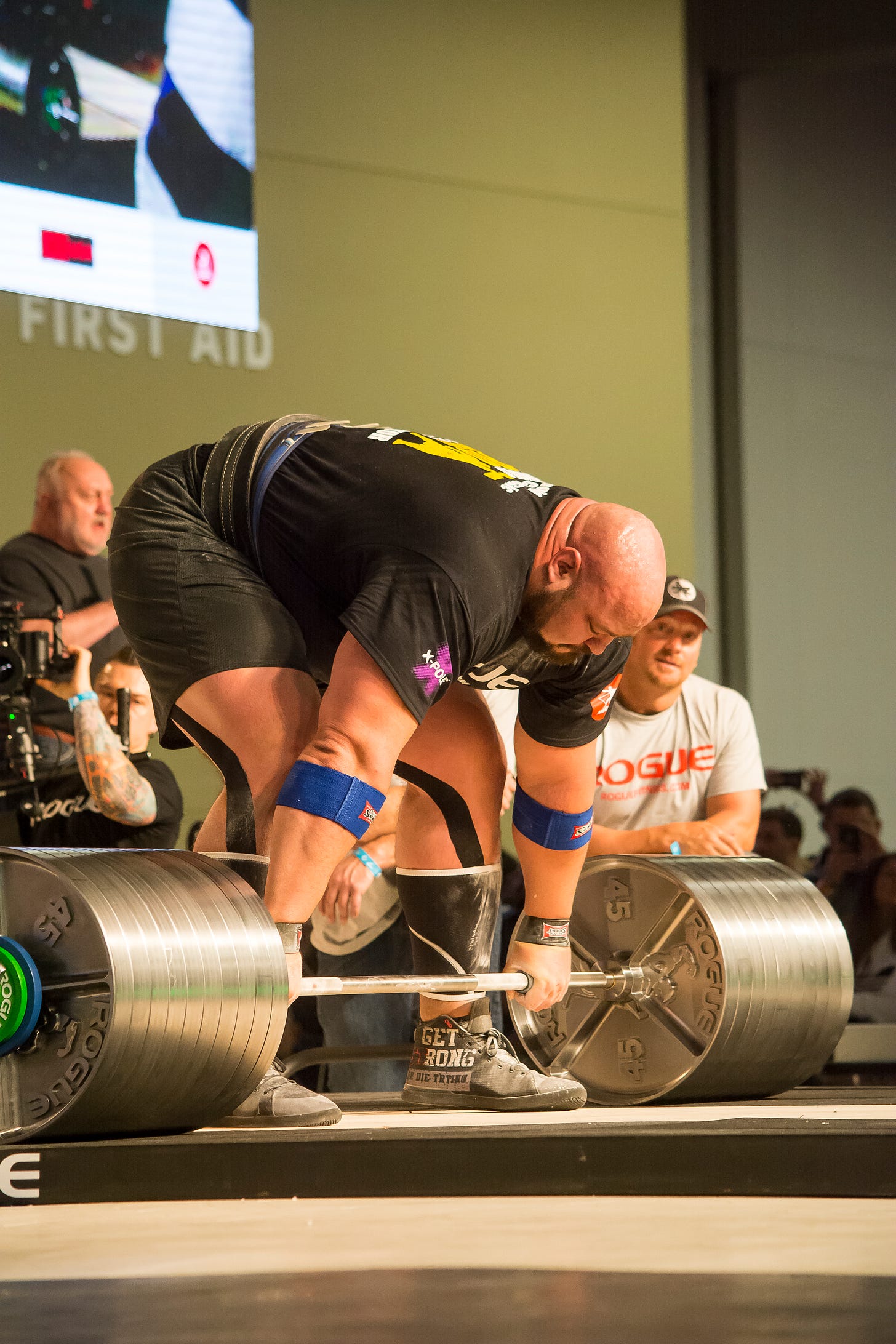Even Packaging is Positioning
Don't Ignore the Peripherals Because Sometimes The Details Make the Difference
I like coffee.
Like a normal person.
And I particularly like Kicking Horse Coffee, roasted in the Canadian Rockies not too far from where I live here in BC.
Their packages used to have a little dashed line where you were supposed to cut it open and a little twist-tie-thing that you could use to seal it.
Then they changed things, removed the wire, and now instruct you to “peel to open.”
Problem is, unless you’re Brian Shaw, you can’t actually just peel to open. On average, it took me two or three minutes of hand cramping effort to pry it apart and about half the time, I ripped the package in the process.
As a grown-ass man, it’s a matter of some pride that I can both follow instructions as well as separate two pieces of paper joined only by glue. But after a few rounds over a couple of months as my consternation grew, I finally decided to just cut the packages open…And send a whiny note to Kicking Horse Coffee’s customer service:
“Have you ever tried to open your new ‘peel to open’ packaging. I can do fifty push-ups but half the time I give up and pull out the scissors. Do you really want your customers mad at you before they drink your coffee?”
A bit excessive? A bit snarky?
Probably. But I considered it my civic duty.
Because first of all, think of all those grandmas struggling for hours to peel the package and get their coffee - growing sleepier and sleepier as the day goes on - unable to open the package and unwilling to break the rules and just give it a snip.
This is for you, Mama Mac!
And secondly, packaging really is part of the message, and Kicking Horse needed a swift kick to tell them that the first little message they sent was that you couldn’t trust them.
It says right on the packaging that their coffee kicks ass (I’ve tested this claim, and it is absolutely true). But it also says on the packaging that you should “peel to open” and that message is a pernicious lie. The problem is that to validate the “this coffee kicks ass” message, you have to get through the “peel to open” message. Which means you’re already sweaty, exhausted, and grumpy before you get your first sip of joe.
I could be overreacting. That’s sort of what Kicking Horse’s customer service rep implied in their reply:
Hello there,
Thank you for reaching out!
I’m sorry opening our bags may have you puzzled. They are tough at times to simply peel open, but for good reason (psssssst…it’s all about freshness). You’ll want to make sure you use scissors to cut open the bag if you encounter a challenging easy peel. We know it's not always consistent, and we continue to work on improving that.
We have also made the decision to remove the tin-ties from our packaging, but with nothing but good intentions. In all honesty, tin-ties really aren't great for the planet. The tin-tie isn't necessary, it's convenient, but not necessary. So, we’re simplifying and cutting our ties with the thing called the tin-tie.
There are loads of ways to keep coffee fresh after the package is opened. Chip clips, binder clips, heck, even re-using broccoli rubber bands. Jars or any tightly sealed container are also really great options!
Wishing you all good things,
Cheers!
They are right of course. And I feel duly chastened. I’m sorry for complaining about the tin ties. That’s a good point about broccoli bands, I hadn’t thought of that.
But in the back of my reptilian customer brain, I still think they should just fix the package and make it pleasant to open. Even the “psssssst” reminds me of what the package should sound like when I peal to open. My experience of their coffee starts at the grocery store, ends with the last sip, and in-between everything plays a part in my overall feeling of satisfaction or dissatisfaction.
Unboxing Apple
Moving up the tech stack from coffee to computers, Apple was the first computer manufacturer that gave a rip about their packaging. Opening a Dell or an Compaq was like opening any other household appliance: same bland cardboard box, same tape, same lifeless blocks of foam, same layers of generic bubble wrap applied in the same way. You couldn’t tell from the unboxing whether you’d bought the $800 refurbed budget model (with the flickery screen that gives you headaches) or the $6,000 zillion-core gaming monster with enough RAM to keep all your apps open at once.
But Apple Thinked Different. And you could tell from the first moment you unsealed the first seam. Those little tabs that helped you grab the edge of the tape, the thin, custom wraps around the cordage, the nested composite molds around the power adapter, the film gently sandwiched between the screen and the keyboard with the clear yet subtle color-coded indicators telling you where to pull to remove it: all of these details sent little signals to your subconscious that this was a premium product carefully crafted in California by designers who cared about each bevel and each pixel.
Opening a Mac (or later, an iPhone or an iPad) was like opening a Tiffany’s blue box. You were pre-excited and pre-impressed and pre-delighted with your purchase before you even turned it on.
But what if you’re pitching SAP middleware? What if your product isn’t physical and doesn’t have a package?
Every product and every market is a little different, but the same principle applies. Your customers’ (or investors’) experience starts before you think it does and includes many elements that you’re probably not thinking about. You may not use “packaging” in the normal sense, but you’re sending subtle signals well in advance of and peripheral to the hands-on use of your product or the core of your pitch.
Here’s just a few examples of poor packaging:
You show up late for your first meeting with an investor
You blame your co-founder (or spouse, or dog, or developers) for the product outage that left customers in the lurch
Your Google ads promise something your landing pages don’t reference and your product doesn’t even do
Your customer service line just keeps ringing
You’re pitching slides you’ve obviously never seen before (because the intern built the deck)
When an investor calls your “biggest customer” it takes the customer half a minute to remember she bought your product
The step in your on-boarding that says “verify your email” doesn’t actually reference an actual email in the prospect’s inbox
You wore a mesh shirt to the meeting (true story, we had a developer show up to his first job interview in a mesh shirt, but he was so obviously brilliant, we hired him anyway…every rule has an exception)
None of these details are the pitch or the product, but all of them are part of the packaging. Every detail at every step, every way someone brushes up against your company, is part of your positioning in the market.
It is very true that some of these details matter less than others. If the coffee’s really good, even picky, entitled millennials like me will snip through the instructions to “peel to open” and keep buying. Likewise, people bought a lot of HPs and ThinkPads regardless of the clunky unboxing experience. But overall and at the margin, even the little details make a difference in the impression you create for your audience. I may be able to logically distinguish between my feeling of consternation about a clunky coffee bag and my enjoyment of the bag’s contents, but most of the time those impressions are mixed up and I don’t have the time to separate them.
If your product sucks or your pitch is garbage, then no amount of packing and peripherals are going to help matters. You’ve got to get the core in good shape. The coffee has to taste great. But assuming you’ve built something worth investing in, don’t ignore the package; it changes your positioning more than you might think.




